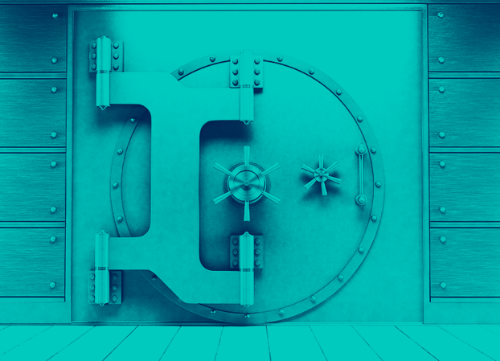ING is a global bank with a strong European base. Their 53,000 employees serve over 38 million customers, corporate clients and financial institutions in over 40 countries. Their stated purpose is “To empower people to stay a step ahead in life and business.”
Making the connection between banking and sustainable business practices may seem to be a stretch for some. ING has figured it out a sensible way to do this based on their role as a bank. For that accomplishment, Always Be Content gives kudos to ING for their sustainability related business efforts.
A Transition is Needed
From ING’s perspective – sustainability starts with the need for a transition. Scientists and governments alike agree that to mitigate the worst impacts, a global transition is needed to a low-carbon and climate-resilient future, remaining well-below a 2-degree rise (ideally 1.5 degrees) in global temperatures. Governments committed to this in what’s known as the Paris Agreement.
A global transition to meet this goal will require more than €30 trillion to be invested in clean energy and efficient infrastructure by 2035, according to the International Energy Agency. Bank lending makes up the most significant source of external capital. This means that banks have a major role to play in financing the transition to a low-carbon economy.
How ING is Helping Facilitate the Transition
They detail their approach to sustainability in a brief video posted on their website in a video entitled “Three Steps: All you need to know about ING and climate.”
ING has applied their commitment to sustainability their own operations. The Bank has been climate neutral since 2007 and they have ambitious goals:
• Procure 100% renewable electricity by 2020 for all buildings they operate worldwide (as part of the RE100 initiative).
• Reduce their CO₂ emissions by 50%, their global residual waste by 20% and their water footprint by 20%, all by 2020 (base year 2014).
• Remain carbon neutral by offsetting remaining carbon emissions.
ING has financed billions of euros in energy projects, from wind farms, solar energy, and geothermal power production; to energy efficiency in buildings and production lines; to electric vehicles and bio-based plastics; to (waste) water treatment and supply and circular economy solutions. They do this through green loans, green bonds, and other innovative products and financing constructions.
ING does not simply “throw money” at sustainably loans and investment. Every client and transaction is assessed, monitored and evaluated against their Environmental and Social Risk (ESR) Framework to ensure compliance and limit negative impact on the environment and communities. Using this process – potential impacts are taken into account every time they make a sustainability-related financing or investment decision.
ING has taken further steps to sustainability by saying “No” to certain companies and business sectors, like their aim to reduce their exposure to coal power generation to close to zero by 2025. ING was the first bank to commit to exiting the coal business sector.
The Bank aims to double its funding by 2022 to organizations that help combat climate change and positively impact society and the environment, up from €14.6 billion in climate finance at the end of 2017. This includes ramping up funding to projects that advance renewable energy, low-carbon buildings, low-carbon transport, the circular economy.
Reflect, Rethink and Reset
This is a unique opportunity to define new ways of doing business and developing the economy. We can maintain many of the recent improvements in cleaner air, returning nature and reduced greenhouse gas emissions, while simultaneously creating jobs and supporting people’s livelihoods. We believe that the relief efforts focused on today have to coincide with recovery efforts that are focused on tomorrow.”
Building Partnerships to Drive Positive Change
Recognizing that individual banks can only do so much, ING is working to build partnerships and coalitions to support sustainability initiatives. ING along with four peers signed on via the Katowice Commitment, which became the groundwork for the UN-backed Collective Commitment to Climate Action signed by 31 banks in September of 2019.
Seems like ING is making a substantive commitment to sustainable business practices that are appropriate for a bank. They’ve even “brought it home” in terms of a new feature on their corporate website home page called “Greener home, greener world” featuring sustainable ways some of their employees are building back in the face of the COVID-19 pandemic.



